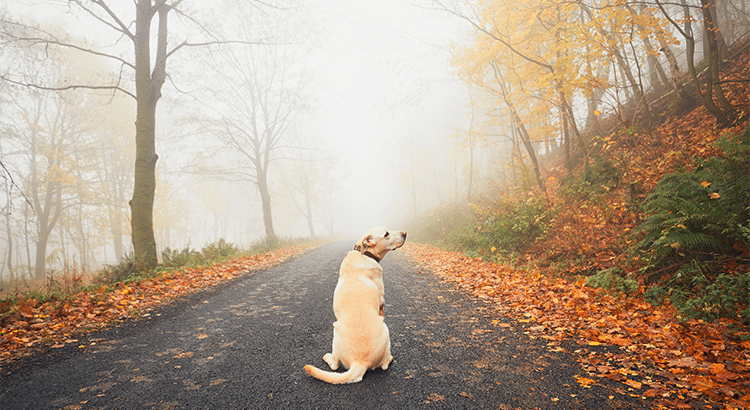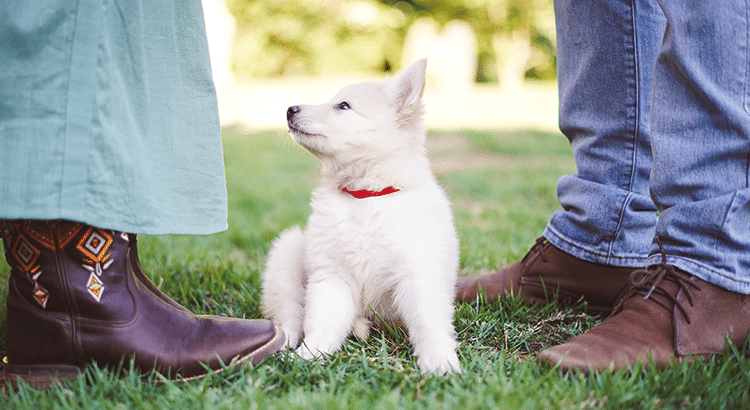
What To Do If Your Pet Gets Lost
It is a terrifying feeling when our pets get lost. For those who have a dog who likes to dart out the door any chance they get, you know what I’m talking about. Did the yard guy leave the gate open or did your cat find the open window from which you were enjoying a cool breeze? Pets are mischievous artists. What are the steps to take to help your pet be returned home should they become lost?
Don’t give up your search. Animals who have been lost for months have been reunited with their owners.
1. Make sure their Pin Paws profile is up to date.
Each pet wearing a Pin Paws tag on their collar has a much higher chance of being returned home. When their tag is accessed, you the owner receive a text message of their geo-location. In addition, your information is revealed to the finder and you can be contacted 24/7/365. This eliminates the need for their microchip to be scanned, which is also unavailable if your pet is lost afterhours.
2. Post your lost pet on local websites and neighborhood pages.
Nextdoor is a great way to keep neighbors up to date with what’s going on within your community. Posting your lost pet lets people close to you keep an eye out. Also, post on Petfinder, Pawboost and Helping Lost Pets. Absolutely post your lost pet on your social media accounts and request for people to share your post. Many times pets have been spotted by neighbors who you may not be personally connected with.
3. Print lost pet fliers and share them with local vets and businesses.
Within your Pin Paws account, you are able to print a lost pet poster with one click. The information stored on your pet’s profile page is used to fill in the important information on the flier, taking away the stress of needing to fill in the blanks. Visit your local shelter and provide these posters around your town to local businesses as well. If you are unable to print your lost posters in color, use a bright colored paper to attract more attention.
4. Notify local rescue groups to be on the lookout.
Rescue groups are usually very aware of the dog and cat population at the local shelters. They are a good resource to utilize in keeping an eye out for your little 4-legged love. Pets are generally held for 3 days before being evaluated for an adoption program. Therefore if a rescue group knows you are looking for your lost pet, they may be able to identify them at the shelter, decreasing the risk of your pet being adopted out.
The Humane Society recommends filing a lost pet report with every shelter within a 60-mile radius of your home.
If your pet does not have a Pin Paws tag and profile, you can sign up on our website and help bring them home should they get lost.




